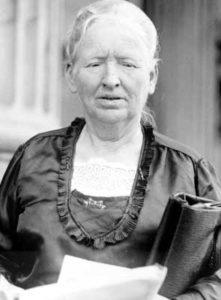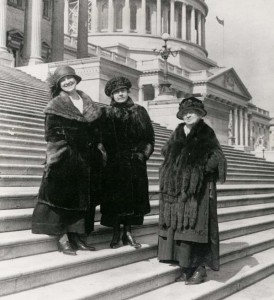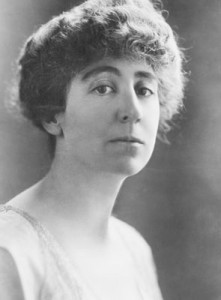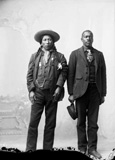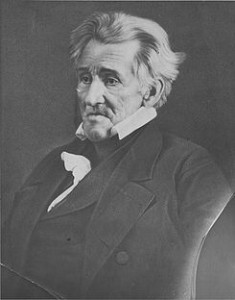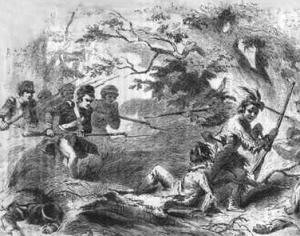Alice Mary Robertson was born on January 2, 1854, in the Tullahassee Mission in the Creek Nation Indian Territory, now in Oklahoma. Her parents were missionary school teachers committed to assisting displaced Cherokee. Robertson attended college (1873-1874) and became the first female clerk within the Indian Office at the Department of the Interior. She worked briefly at the Carlisle Indian School in Pennsylvania, but later returned to Indian Territory and established Nuyaka Mission. Though she considered herself a friend of Indians and was concerned about their welfare, she took a traditional route toward helping them. She was instrumental in the success of the Minerva Home in 1885; it was a boarding school to train Native American girls in domestic skills. The school later developed into Henry Kendall College and is now the University of Tulsa. In 1900 Robertson became the government supervisor of Creek Indian schools.
Robertson eventually owned and operated a dairy farm, and ran for Congress in 1920 on the premise that “there are already more lawyers and bankers in Congress than are needed . . . The farmers need a farmer, I am a farmer.” She defeated three-term incumbent William Wirt Hastings. After her election she announced that she would concentrate on bettering the lives of Indians, women, farmers, soldiers, and working people. Robertson was the second woman to serve in Congress, though the only one in office at the time of her service. Congress recognized her interest and work on behalf of Indians by giving her a seat on the Committee on Indian Affairs. She was continually frustrated, though, and could push little of value through the committee.
______________________________________________________________________________________
